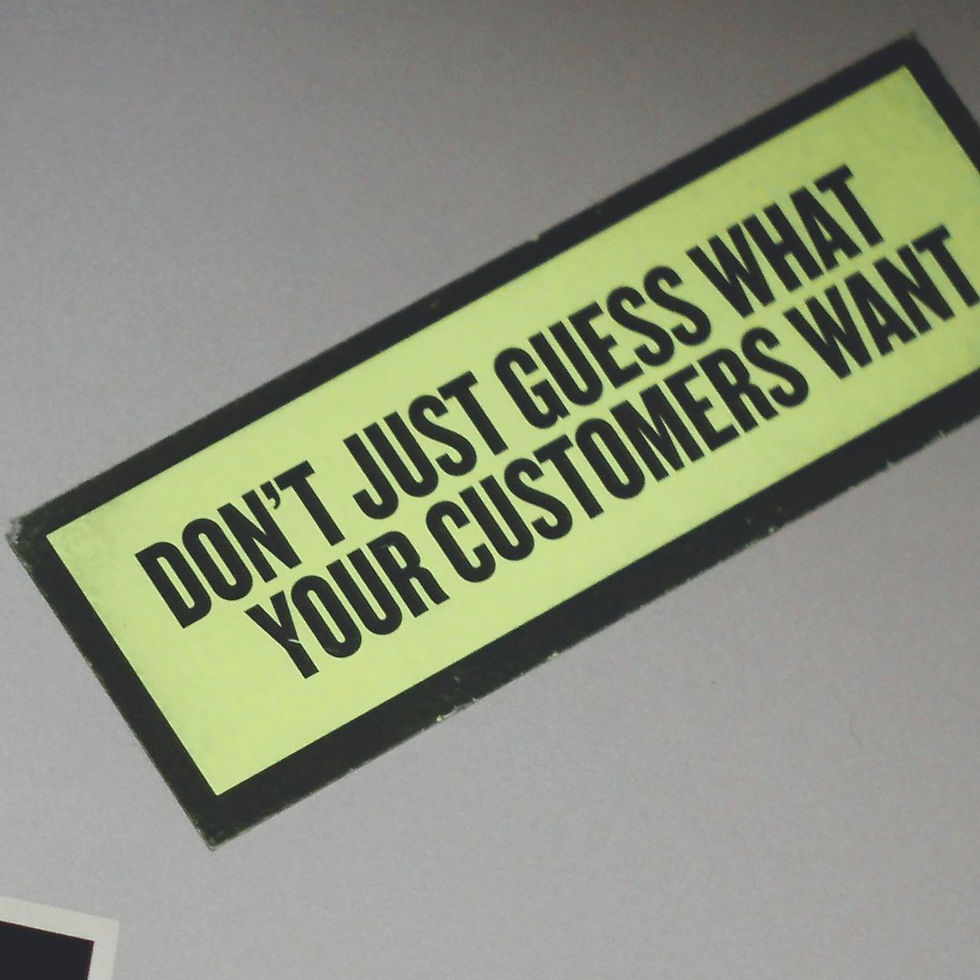Empower Your Customers: How Collaborative Branding Can Transform Your Business
- London : Los Angeles (LO:LA)

- May 18, 2024
- 3 min read

To stand out today requires more than just a unique product or catchy tagline. It demands genuine engagement with your audience and an authentic connection that resonates on a personal level. Enter Collaborative Branding—a strategy that transforms your customers into active participants in shaping and promoting your brand. By leveraging the power of your existing customer base, you can create a vibrant community, generate authentic content, and amplify your brand’s reach and credibility. Let’s explore how you can harness the power of Collaborative Branding to build your brand’s world.
What is Collaborative Branding?
Collaborative Branding is a customer-centric approach that invites your customers to take an active role in shaping and promoting your brand. Unlike traditional marketing, which often relies on top-down messaging, this approach is about co-creation and collaboration. It's about building a community where customers feel valued and empowered to contribute their ideas, experiences, and creativity.
The Power of Customer Involvement
Customer advocacy and word-of-mouth marketing are incredibly powerful tools. According to the Nielsen 2021 Trust in Advertising study, 88% of global respondents trust recommendations from people they know more than any other form of advertising (Nielsen) This trust is amplified when customers themselves become advocates for your brand, sharing their positive experiences and stories.
When customers are genuinely involved, they become more than just buyers—they become passionate brand ambassadors. These ambassadors can extend your brand’s reach organically, tapping into their networks and amplifying your message far beyond what traditional advertising can achieve.
Building a Genuine Community
Create a Sense of Belonging
Building a community where customers feel a sense of belonging is foundational to Collaborative Branding. Create platforms where customers can connect, share experiences, and engage with your brand. This could be through social media groups, dedicated forums, or brand-specific apps. Encourage discussions, solicit feedback, and celebrate user-generated content. The goal is to create a space where customers feel a sense of belonging and ownership.
Encourage Authentic Storytelling Authentic storytelling is at the heart of Collaborative Branding. Run campaigns or initiatives that invite customers to share their experiences with your products or services. Feature their stories, reviews, and content on your brand’s channels. This not only provides authentic content but also makes your customers feel valued and recognized.
Foster Co-Creation
Co-creation is about involving your customers in the product development process. Solicit their ideas and feedback through surveys, focus groups, or beta testing programs. Allow loyal customers to preview new products or features before they’re launched. This not only enhances product relevance but also creates a sense of involvement and investment in your brand’s success.
Nurture Meaningful Relationships Collaborative Branding is not just about transactions; it's about building lasting relationships. Engage with your customers regularly, not just when you need something from them. Show genuine interest in their needs and feedback, and use this information to improve your offerings. By nurturing these relationships, you create a loyal customer base that feels genuinely connected to your brand.
Celebrate and showcase the contributions of your community. Highlight success stories of customers who have significantly contributed to your brand’s growth, showcasing their importance and impact. This not only reinforces the value of their involvement but also inspires others to participate.
Consider brands like Lego, which has mastered the art of Collaborative Branding. Lego Ideas is a platform where fans can submit their designs for new Lego sets. The most popular designs are turned into actual products, with the original designers receiving a share of the profits. This not only generates innovative product ideas but also creates a deep sense of involvement and loyalty among Lego enthusiasts.
Another example is Glossier, a beauty brand that thrives on customer input. Glossier involves its community at every stage, from product development to marketing. They regularly solicit feedback and ideas from their customers, ensuring that their products meet the real needs and desires of their audience. This approach has helped Glossier build a loyal and engaged customer base that feels personally invested in the brand.
Measuring the Success of Collaborative Branding
To gauge the effectiveness of your Collaborative Branding efforts, it's important to track key performance indicators (KPIs) such as:
Engagement rates on community platforms.
Volume and reach of user-generated content.
Referral program participation and success rates.
Customer loyalty and retention metrics.
Gather and analyze data to assess how well your strategies are performing. Use this feedback to iterate and improve your approach. Remember, Collaborative Branding is an ongoing process of engagement and co-creation.
In a world where blending in is no longer an option, Collaborative Branding offers a path to extraordinary success. By empowering your customers and inviting them to be a part of your brand’s journey, you can build a dynamic, authentic, and loyal community. Start small, but think big—embrace creativity, authenticity, transparency, and trust. Dare to be different and let your customers help you build a brand that stands out in a crowded marketplace.



Comments